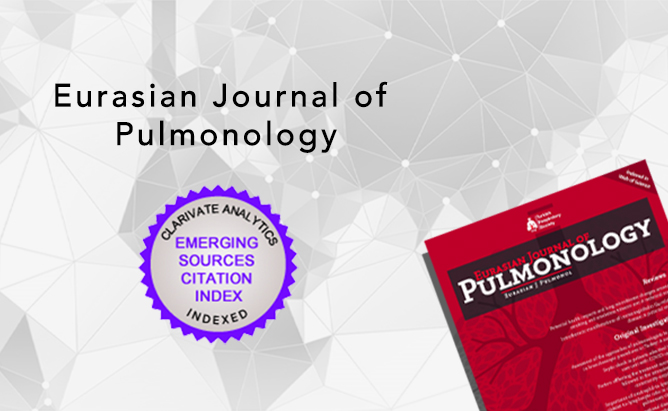2Department of Infectious Diseases, University of Health Sciences, Ankara City Hospital, Ankara, Türkiye
Abstract
Lung transplantation is a viable option for end-stage lung diseases. However, it comes with numerous complications that may lead to various morbidities due to surgical procedures, rejections, and medical treatments. Fungal infection is a common complication of immunsupressive treatment. On the fifteenth postoperative day, bronchoscopy of a female recipient, who had undergone bilateral sequential lung transplantation for bronchiectasis, revealed an appearance consistent with aspergillus pseudomembranes around the left bronchial anastomosis. After microbiologically confirming the diagnosis, systemic voriconazole treatment was initiated. The recipient made it through the first three months of treatment without complications. However, since the membranes did not fully resolved, the decision was made to extend the treatment. From the fourth month of treatment, the recipient began experiencing generalized pain. Subsequent examinations revealed diffuse periostitis in the bones. After consultations and evaluations with relevant departments, other differential diagnoses were ruled out, leading to a diagnosis of voriconazole-induced periostitis. This diagnosis was further confirmed when symptoms improved three days after discontinuing the drug. Clinicians should be alert to this potential complication and correlate it with the clinical history of solid organ transplantation to avoid unnecessary investigations.




 Sinan Türkkan1
Sinan Türkkan1 




